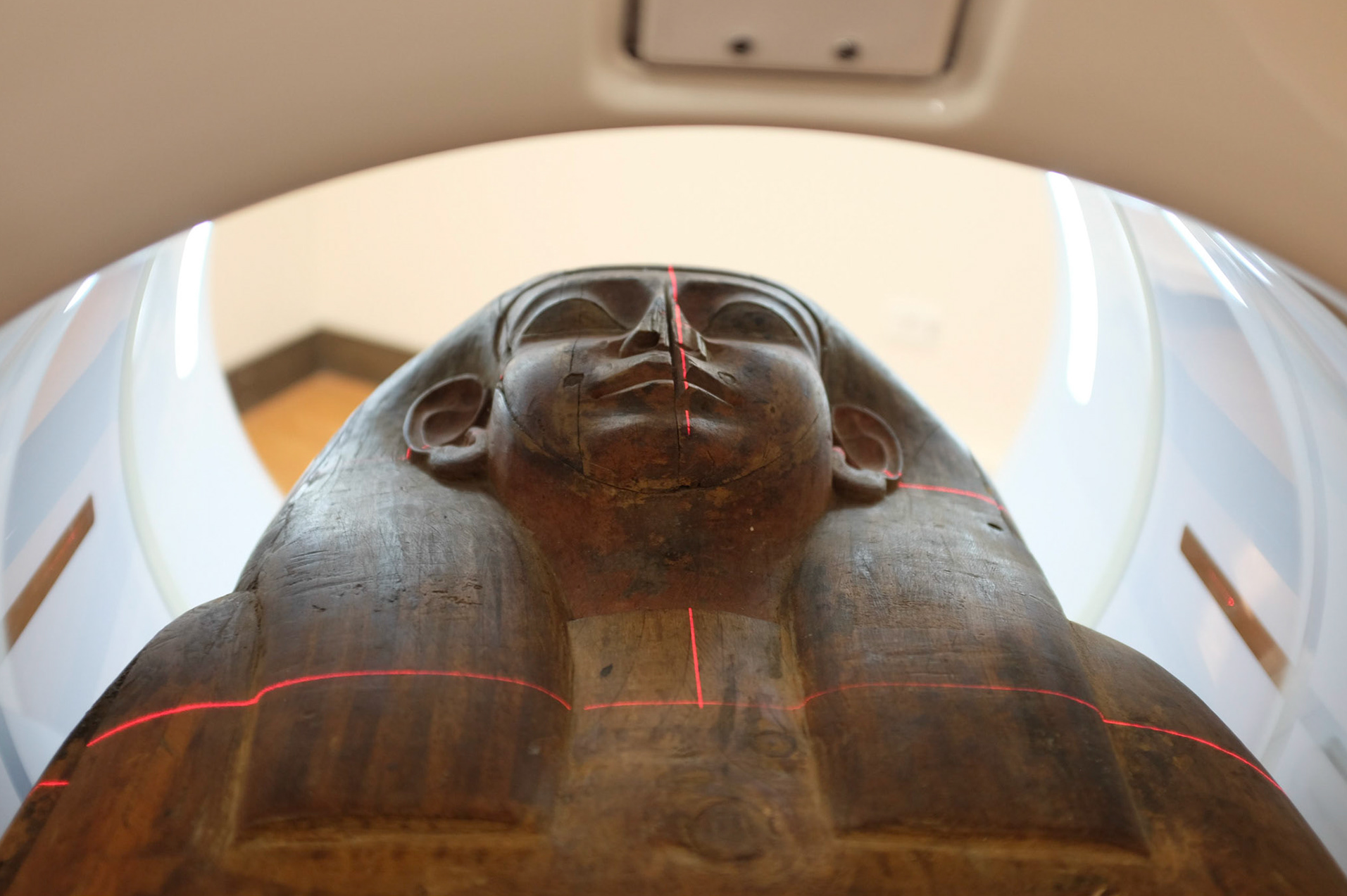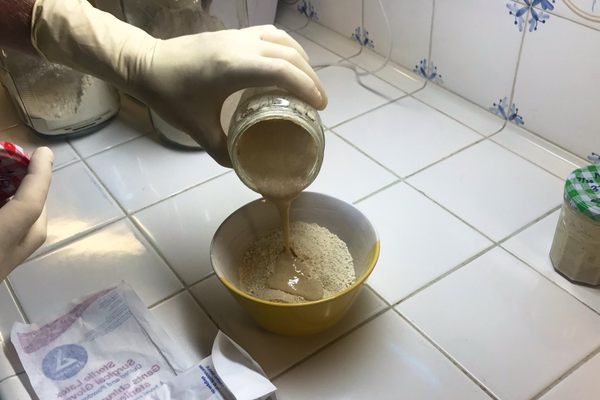Found: A 2,500-Year-Old Mummy in a Seemingly Empty Coffin
Surprise!

In 1860, statesman and University of Sydney chancellor Sir Charles Nicholas donated 408 ancient Egyptian artifacts, collected from a three-year archaeological expedition across the country, to the university. These artifacts would later become the first collection for the on-campus Nicholson Museum, which was founded that year. Out of all the delicately wrapped mummies, one unassuming coffin carved from cedar wood or cypress pine contained nothing of note—or so it seemed.
In his 1948 Handbook to the Nicholson Museum, archaeology professor Dale Trendall cataloged the coffin, carved in the likeness of a noblewoman called Mer-Neith-it-es (664 to 525 B.C.), as empty. The museum database, however, listed the contents as “mixed debris.” Regardless, Trendall’s declaration stood mighty and unchallenged.
In June 2017, the museum’s senior curator Dr. Jamie Fraser and his team removed the faded wooden lid, stared into the coffin’s depths, and with fresh eyes discovered something they hadn’t seen before. Inside were scattered bone fragments, delicate tiny beads, resin residue, and bandages. A wandering leg bone rested near the coffin’s shoulder, and a jawbone was nestled toward the base.
However, there were some bones missing. “A tomb robber has probably come in and rooted all the way through trying to find jewels and amulets,” Dr. Fraser told the Australian Broadcasting Corporation (ABC). Signs all pointed to a partially complete mummy, but was it really Mer-Neith-it-es? Often coffins hold remains of other people and the contents were clearly disturbed. The team had to take a closer look.

In December 2017, the Nicholson Museum team carefully transported the remains to Sydney’s Macquarie Medical Imaging (MMI) to put them in a CT scanner. They also brought along a collection of better-known mummies: Horus, Meruah, and Padiashiakhet.
Previously, the curators knew from hieroglyphics inscribed on her coffin that Mer-Neith-it-es served as a priestess of Sekhmet Temple. Now they have her remains to study. The scan revealed two ankles, feet, and toes. The bones, which showed some aging and degeneration, dated her to around 30 years old at the time of her death.
Mer-Neith-it-es’ coffin will be on display at the museum, but there’s more to learn about her. What did she eat? How did she live, and how did she die? With this new information, these looming questions might be answered in time.







Follow us on Twitter to get the latest on the world's hidden wonders.
Like us on Facebook to get the latest on the world's hidden wonders.
Follow us on Twitter Like us on Facebook